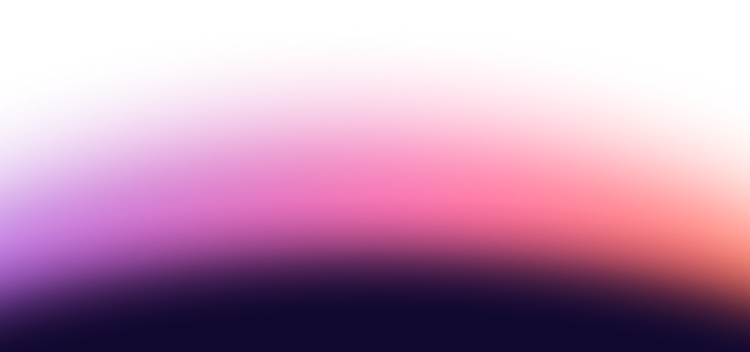Here are some scientific papers that caught our eye this month:
High-fidelity detection of large-scale atom arrays in an optical lattice
The scalability of neutral atoms stands as a hallmark feature of this platform, fueling much of the recent enthusiasm in the field. In this study, researchers exploit specific atomic properties of alkali-earth Sr atoms to demonstrate the trapping and high-resolution, non-demolition imaging of record-large arrays of atoms—exceeding 10,000—anchored in an optical lattice. This lattice is paired with a tweezer array (employing the same technology utilized in QuEra's Aquila) to exhibit the ability to transfer atoms between them, thereby creating tweezer arrays of record sizes (up to 399 atomic atoms). This not only showcases the platform's scalability but also reveals that the lattice-pinned atoms can act as a reservoir for continuous reloading of the tweezer-trapped atoms.
Enhancing variational Monte Carlo using a programmable quantum simulator
Sampling and quantum simulation have been identified as key applications of quantum computing, with a chance of being some of the first to demonstrate quantum advantage. Here, the authors consider the use of neutral-atom hardware to improve the simulation of quantum matter by improving the performance of variational Monte Carlo. While finding advantage via this specific approach relies strongly on the analog computer being well-aligned with the simulated quantum system being simulated, the method convenient circumvents the need of perfect qubits and fidelities, showcasing value for the hybrid operation of quantum-classical computers.
Quantum-Informed Recursive Optimization Algorithms
Commercial adoption of QuEra’s computers continues. The authors, led by BMW, develop here a so-called quantum-informed recursive optimization (QIRO) algorithm for quantum optimization, demonstrating the solution of large instances of maximum independent set problems using QuEra's Aquila. The authors verify performance comparable with classical heuristics, even with non-error-corrected and non-error-mitigated quantum resources, and highlight that the modular architecture of QIRO enables the algorithm to be modified to generate a broader class of hybrid quantum-classical optimizers.




.webp)





